The Benefits and Challenges of Tokenized Crowdfunding with Distributed Ledger Technology (DLT)
Tokenized crowdfunding is revolutionizing the way individuals and businesses raise capital. By leveraging distributed
ledger technology (DLT) such as blockchain, tokenized crowdfunding platforms offer a decentralized, secure, and
transparent fundraising mechanism.
A Historical Overview
In recent years, tokenized crowdfunding platforms have emerged as a disruptive force, enabling innovative projects
and startups to access funds globally. The concept originated with the emergence of blockchain technology, which
created the foundation for decentralized transactions and digital asset ownership.
The first major development in tokenized crowdfunding occurred in 2013 with the launch of Mastercoin (now known
as Omni Layer). It introduced the idea of issuing tokens on top of the Bitcoin blockchain. This innovation paved
the way for future projects to issue and manage their tokens easily.
In 2014, Ethereum, a blockchain platform tailored for creating decentralized applications, introduced smart contracts.
Smart contracts enabled developers to create programmable tokens, called ERC-20 tokens, which became the industry
standard for tokenized crowdfunding platforms.
Since then, numerous tokenized crowdfunding platforms have emerged, each offering unique features and focused on
different sectors. Some prominent platforms include Kickstarter, Indiegogo, and Republic, which operate in the technology,
art, and social impact sectors, respectively.
These platforms have fueled the growth of various industries, from real estate and renewable energy to gaming and
digital art. Tokenized crowdfunding has opened up opportunities for global investment, as barriers to entry have
been significantly reduced.
The Advantages and Disadvantages of Tokenized Crowdfunding
Advantages:
- Access to Global Capital: Tokenized crowdfunding platforms allow projects to reach a global audience
of potential investors, breaking down geographical barriers. - Liquidity and Tradeability: Tokens issued through crowdfunding can be traded on secondary markets,
providing liquidity to investors and fostering a new asset class. - Decentralization: DLT brings transparency, immutability, and security to crowdfunding, ensuring
that transactions are tamper-proof and minimizing the need for intermediaries. - Improved Investor Protection: Tokenized crowdfunding platforms can implement compliance measures,
such as Know Your Customer (KYC) procedures, enhancing investor protection. - Increased Accessibility: Tokenization lowers the barrier to entry, allowing retail investors
to participate in projects that were traditionally reserved for high-net-worth individuals or venture capital.
Disadvantages:
- Regulatory Challenges: Tokenized crowdfunding operates in a regulatory gray area, with different
jurisdictions having varying approaches. This may create uncertainty and compliance challenges for both issuers
and investors. - Market Volatility: Token valuations can experience significant price fluctuations due to their
speculative nature, which may pose risks to investors. - Limited Investor Protections: While progress has been made regarding investor protection, the
tokenized crowdfunding space still lacks comprehensive regulations to safeguard investors fully. - Technological Complexity: The adoption of DLT solutions requires technical expertise, which may
pose challenges for less tech-savvy issuers and investors.
Real-World Applications
Tokenized crowdfunding has found applications across various sectors, revolutionizing traditional fundraising models.
Here are a few examples:
Real Estate:
Real estate projects can tokenize their assets, allowing investors to gain fractional ownership and liquidity.
Tokenization reduces the minimum investment required and enables broader participation.
Renewable Energy:
Tokenizing renewable energy projects democratizes access to green investments. Individuals can invest in solar farms,
wind energy projects, or carbon offset initiatives.
Gaming:
Tokenized crowdfunding has transformed the gaming industry, enabling the creation of in-game assets and the financing
of game development. Gamers can directly invest in projects and benefit from the success of their favorite games.
Art and Collectibles:
Artists and collectors can tokenize unique assets, such as artwork and collectibles, giving investors an opportunity
to share in the ownership and potential future value appreciation of these assets.
The Future of Tokenized Crowdfunding
The future of tokenized crowdfunding holds immense potential. As regulations catch up with technological advancements
and investor protection measures strengthen, the tokenized crowdfunding space will become more mature and attractive
to a wider audience.
With the rise of decentralized finance (DeFi) and non-fungible tokens (NFTs), tokenized crowdfunding will likely
witness increased adoption and innovation. We can expect more diverse use cases and creative applications emerging
as the technology matures.
Frequently Asked Questions
What is tokenized crowdfunding?
Tokenized crowdfunding is a fundraising method that leverages blockchain technology to issue and distribute tokens
representing ownership or rights in a project or asset. These tokens can be traded on secondary markets.
Are tokenized crowdfunding platforms regulated?
The regulatory framework for tokenized crowdfunding platforms varies across jurisdictions. Some countries have
implemented specific regulations, while others are still in the process of defining the regulatory landscape.
How do I invest in tokenized crowdfunding projects?
To invest in tokenized crowdfunding projects, you typically need to register with a platform that hosts the projects
and follow their investment process. This may involve verifying your identity and completing any required compliance
procedures.
What are the risks of tokenized crowdfunding?
Tokenized crowdfunding carries risks similar to traditional investments, including market volatility and potential
loss of capital. Additionally, the regulatory ambiguity in the space may expose investors to compliance and legal
risks.
More in this category ...
Ripple companions with SBI Group and HashKey DX for XRPL answers in Japan
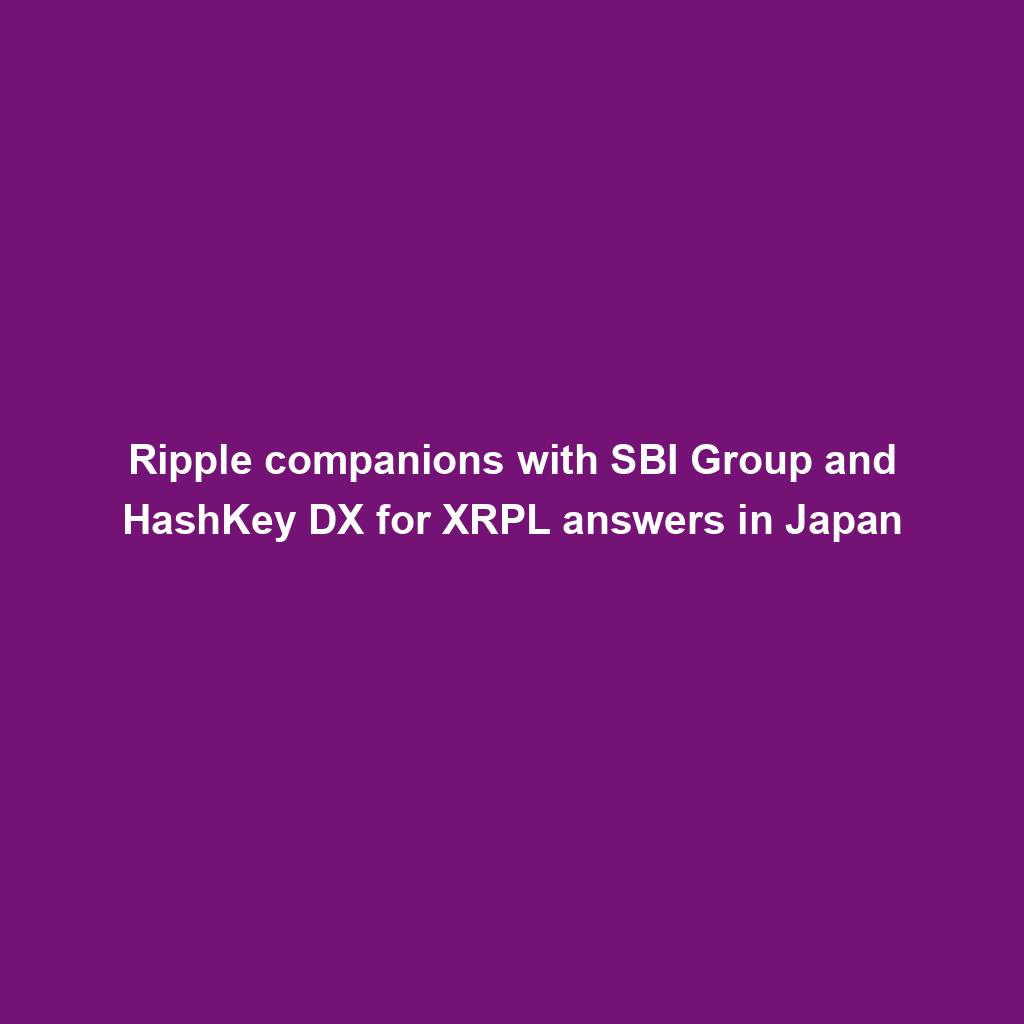
April sees $25M in exploits and scams, marking historic low ― Certik
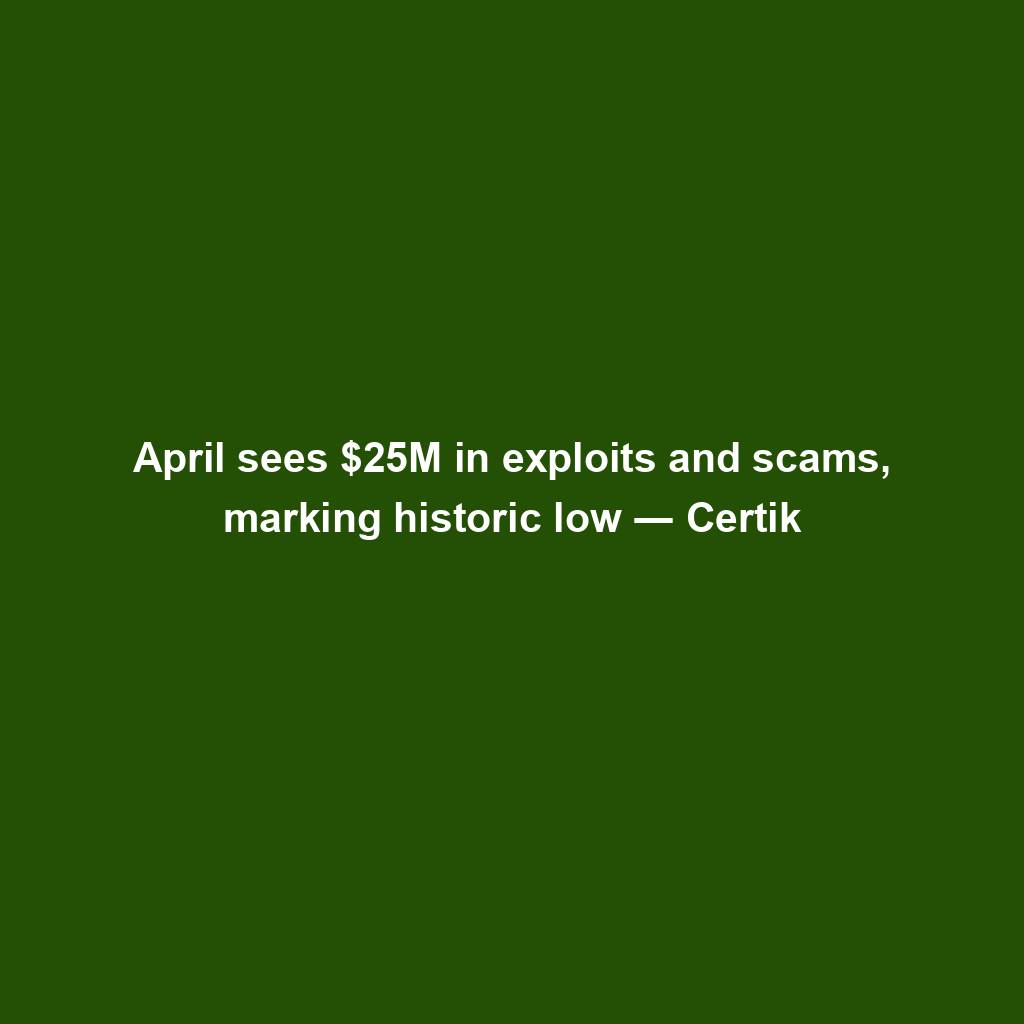
MSTR, COIN, RIOT and different crypto shares down as Bitcoin dips
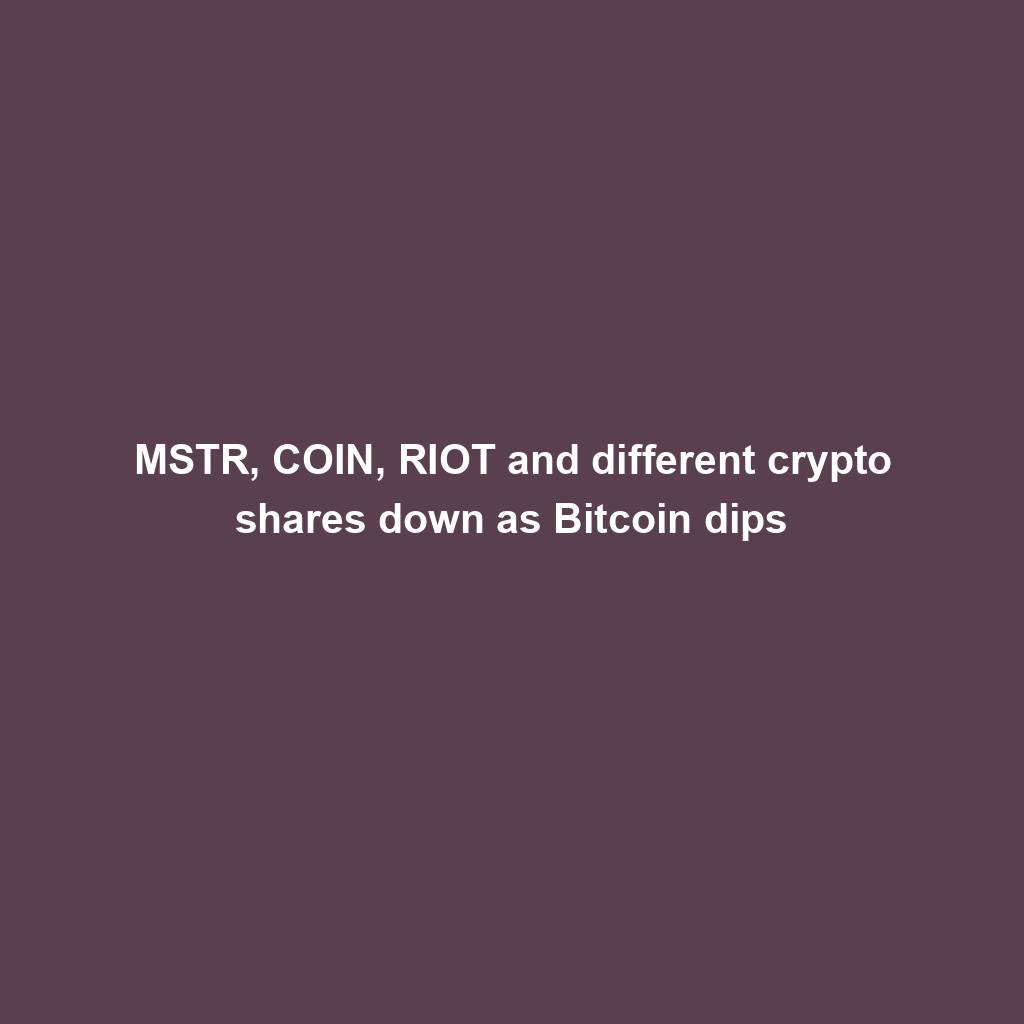
EigenLayer publicizes token release and airdrop for the group
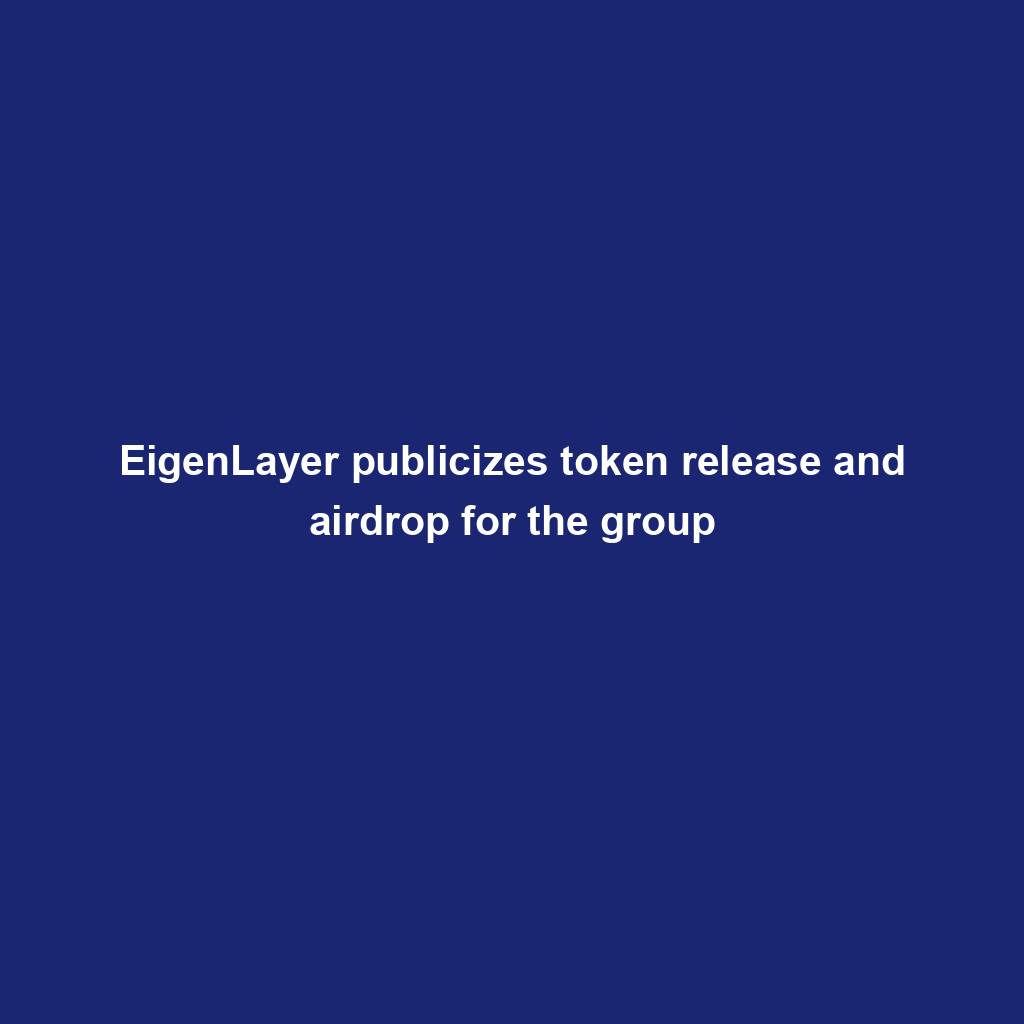
VeloxCon 2024: Innovation in knowledge control

Successful Beta Service release of SOMESING, ‘My Hand-Carry Studio Karaoke App’

Dogwifhat (WIF) large pump on Bybit after record reasons marketplace frenzy
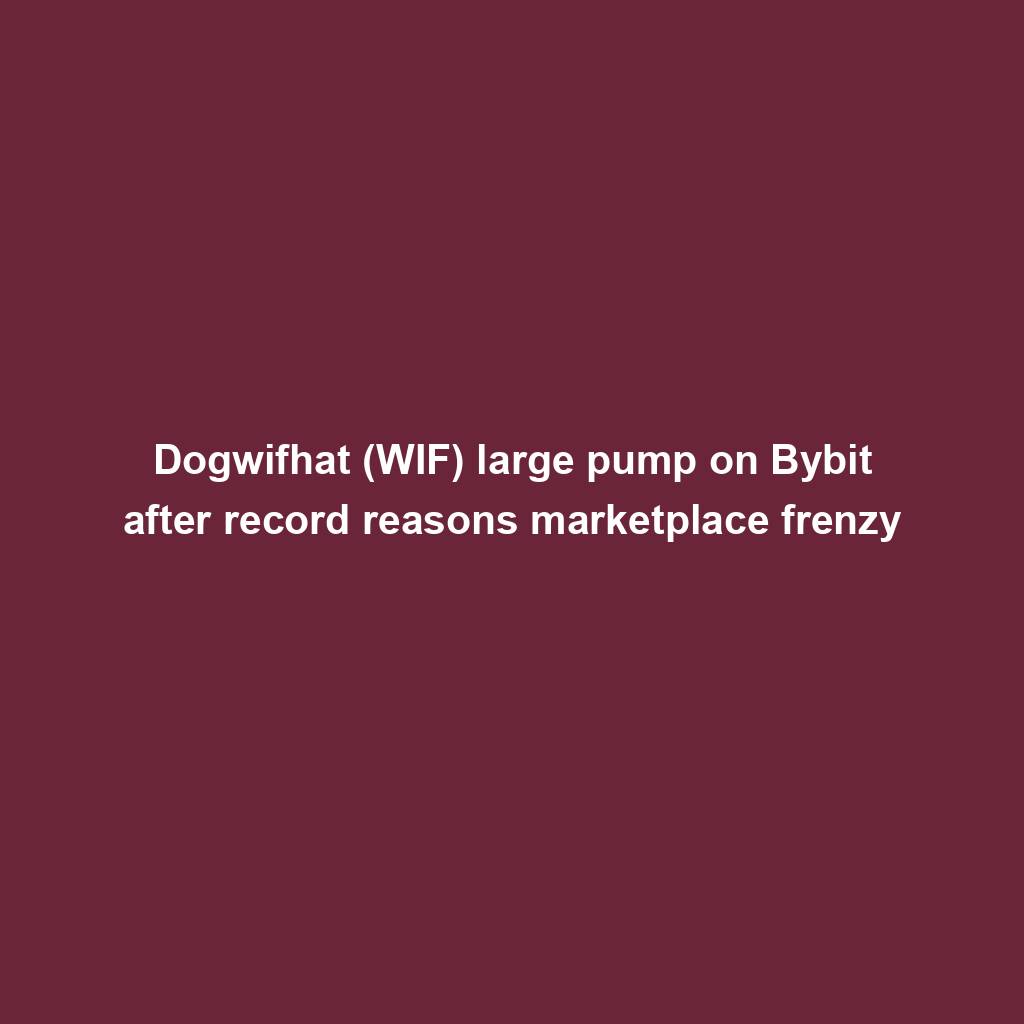
How fintech innovation is riding virtual transformation for communities around the globe
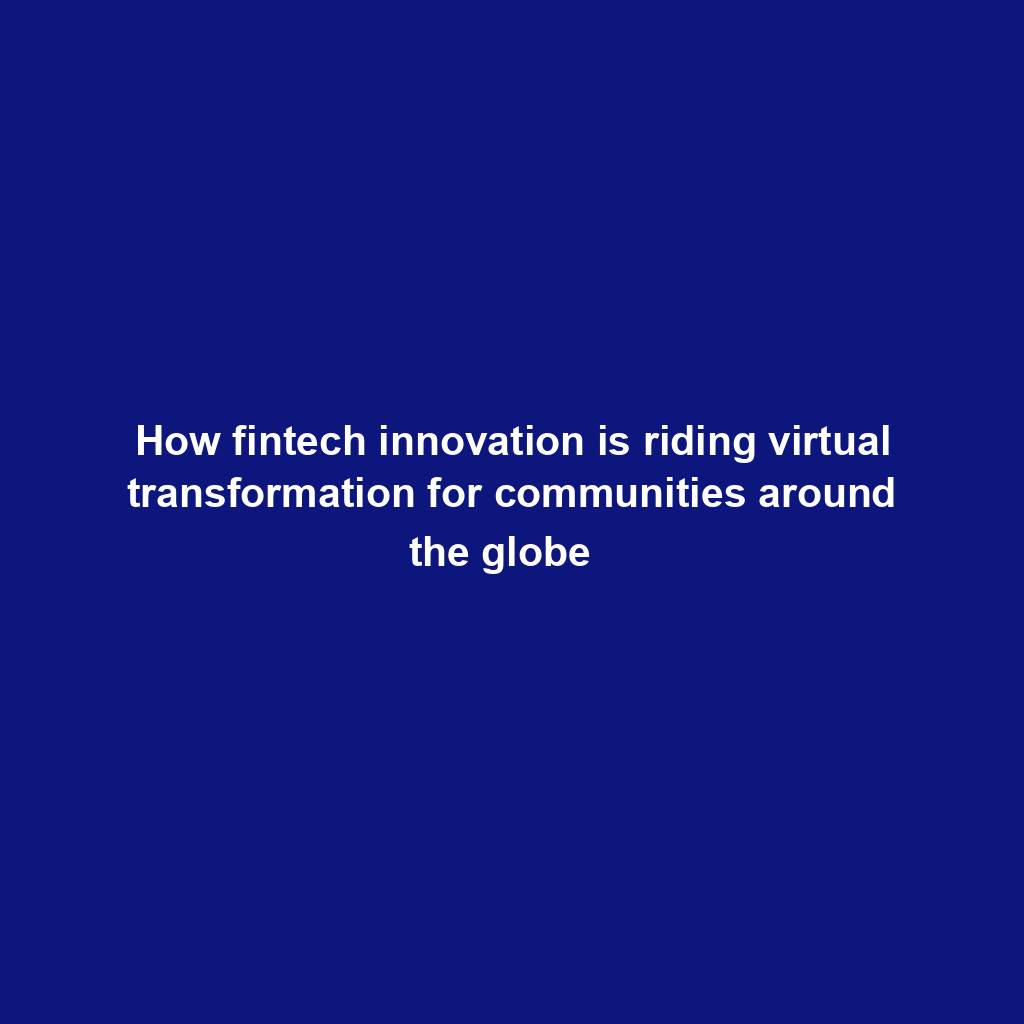
Wasabi Wallet developer bars U.S. customers amidst regulatory considerations
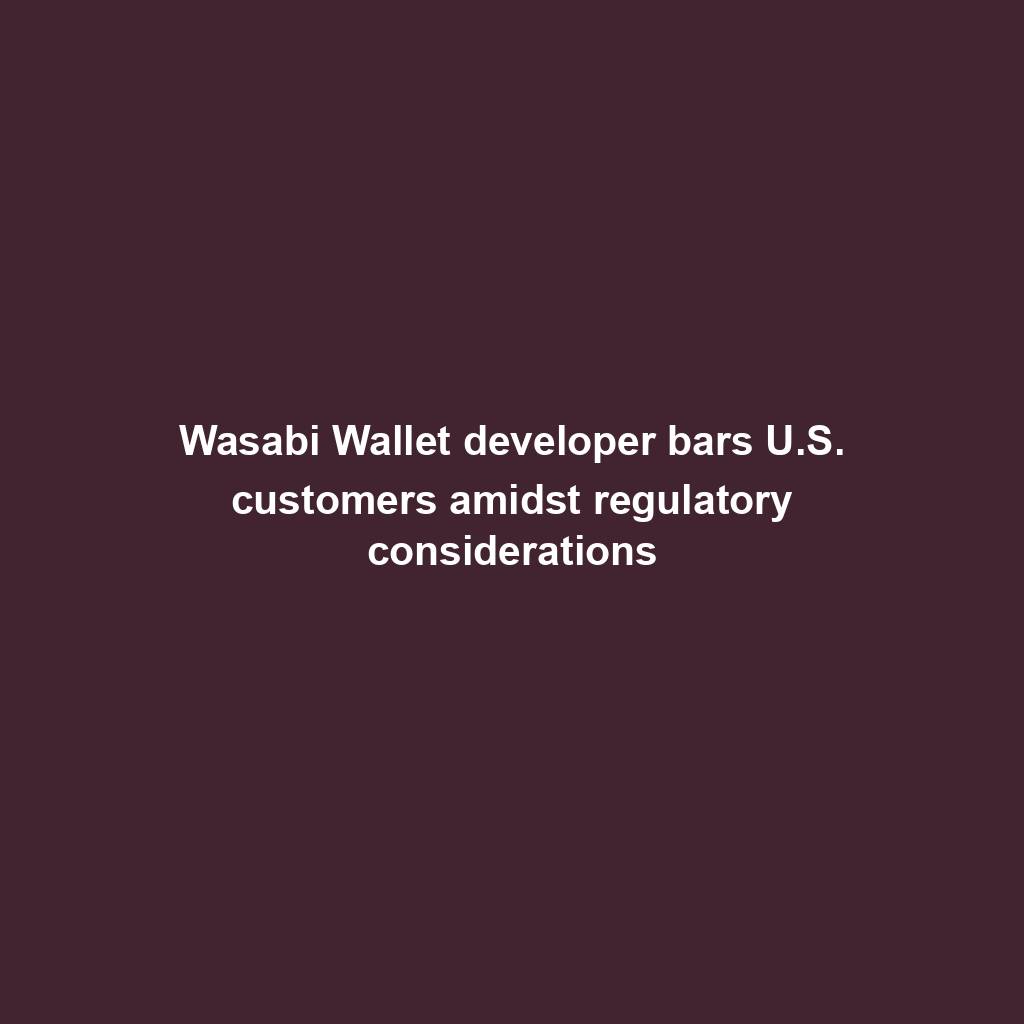
Analyst Foresees Peak In Late 2025

Solo Bitcoin miner wins the three.125 BTC lottery, fixing legitimate block
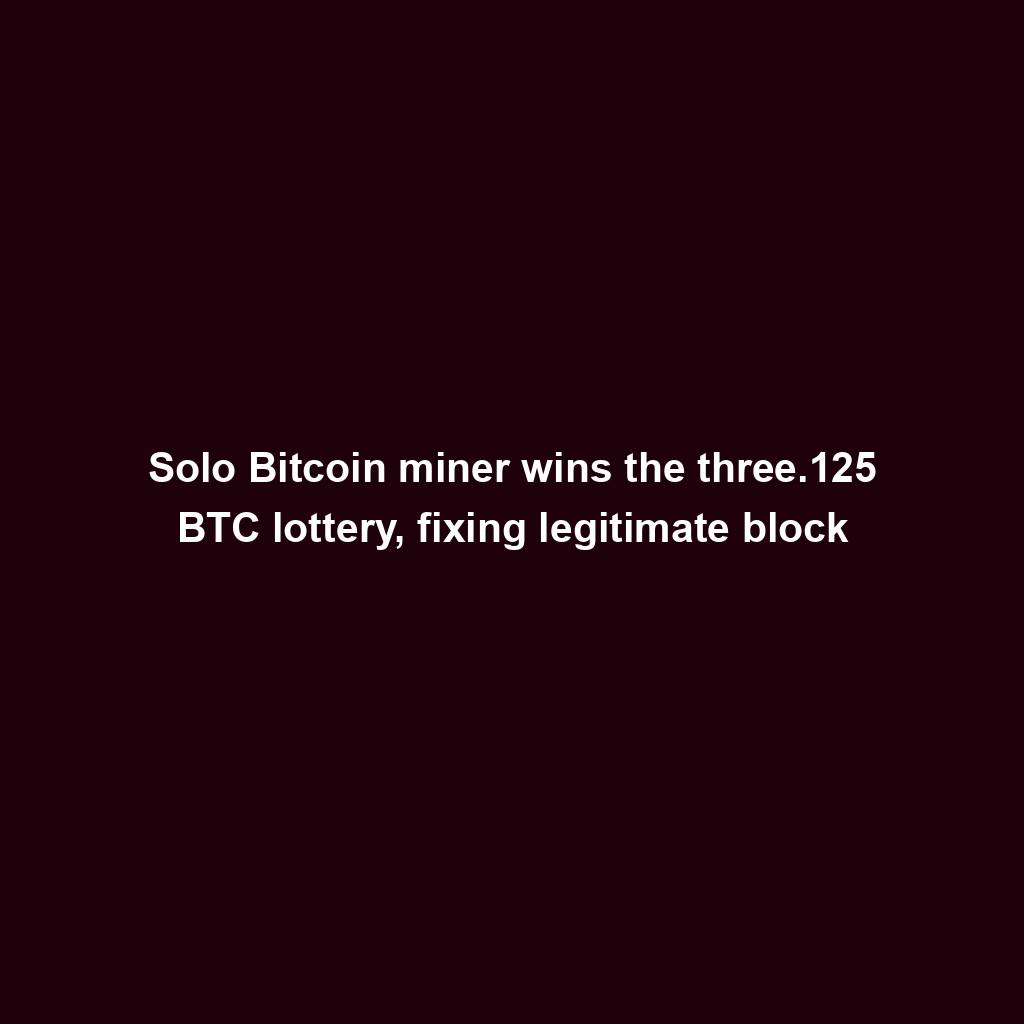
Ace Exchange Suspects Should Get 20-Year Prison Sentences: Prosecutors

Google Cloud's Web3 portal release sparks debate in crypto trade
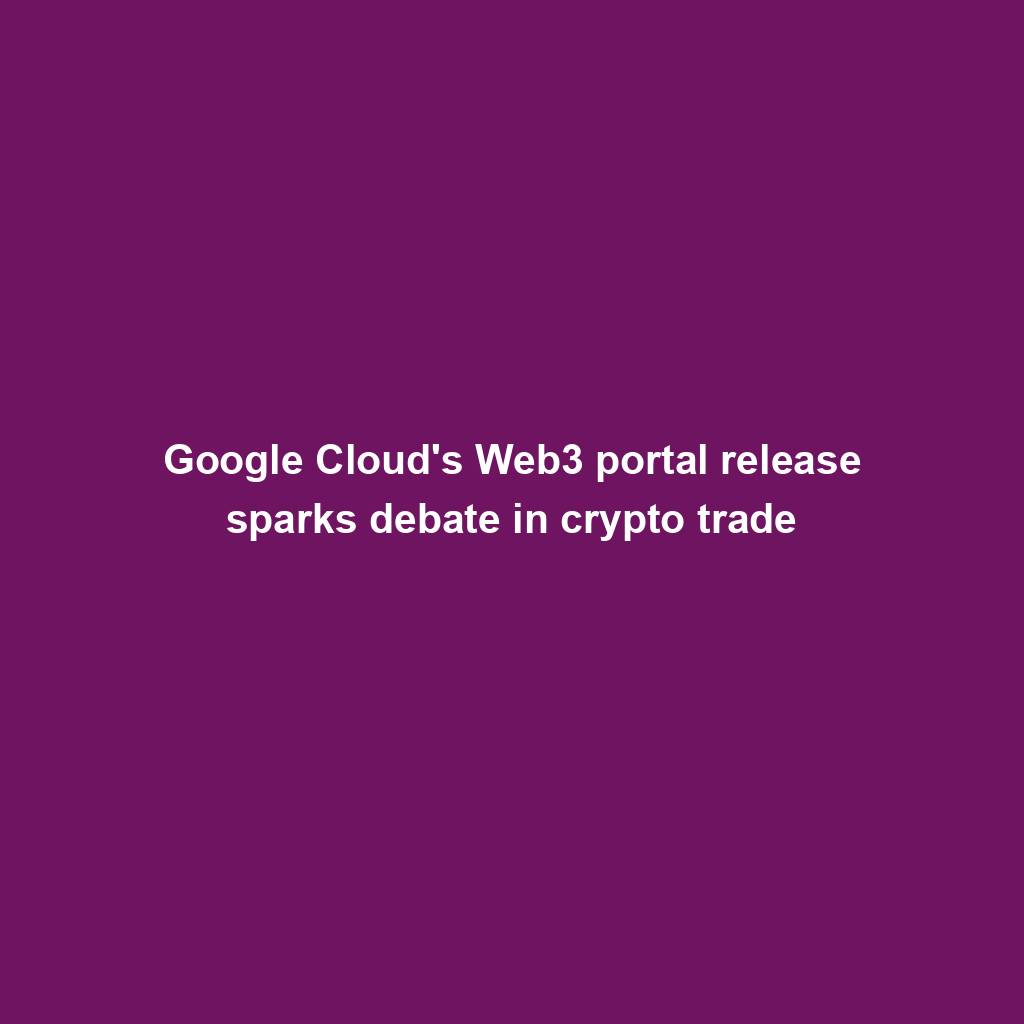
Bitcoin Primed For $77,000 Surge

Bitbot’s twelfth presale level nears its finish after elevating $2.87 million
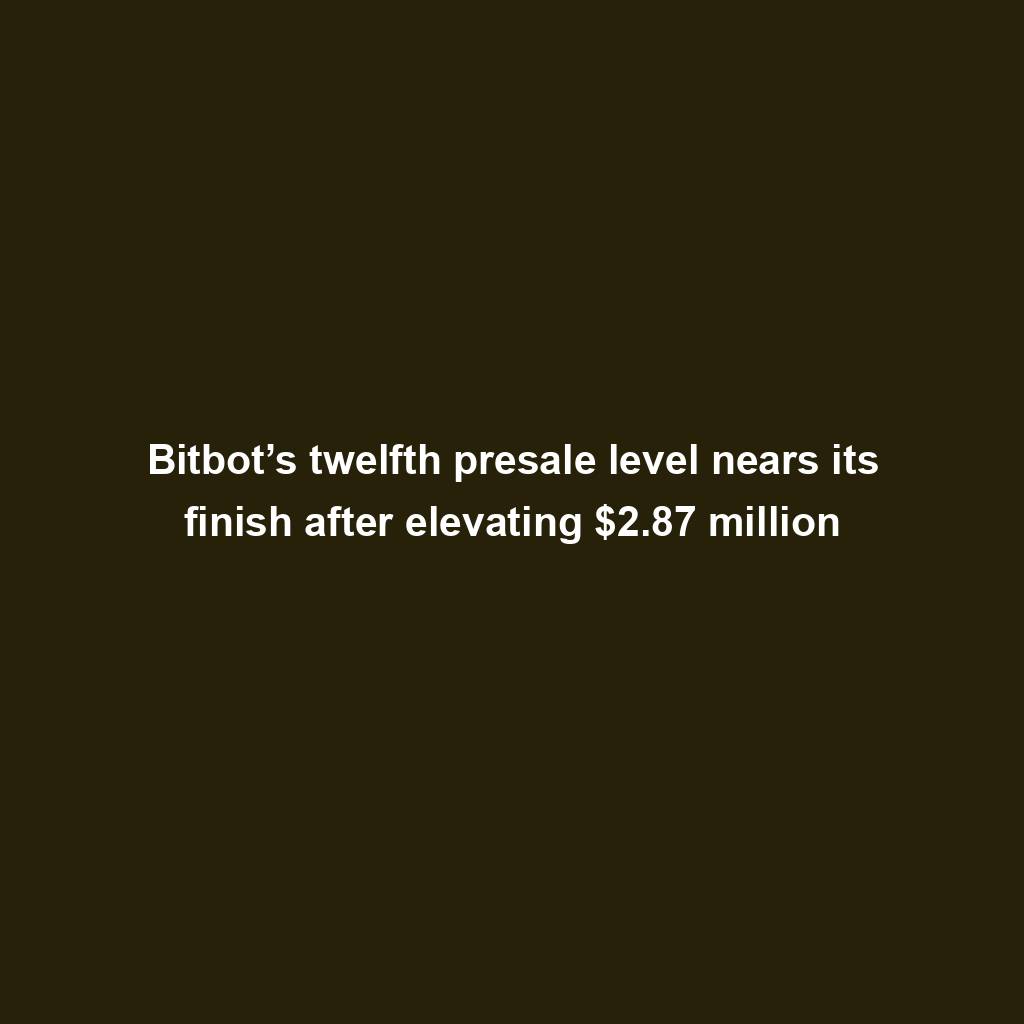
PANDA and MEW bullish momentum cool off: traders shift to new altcoin
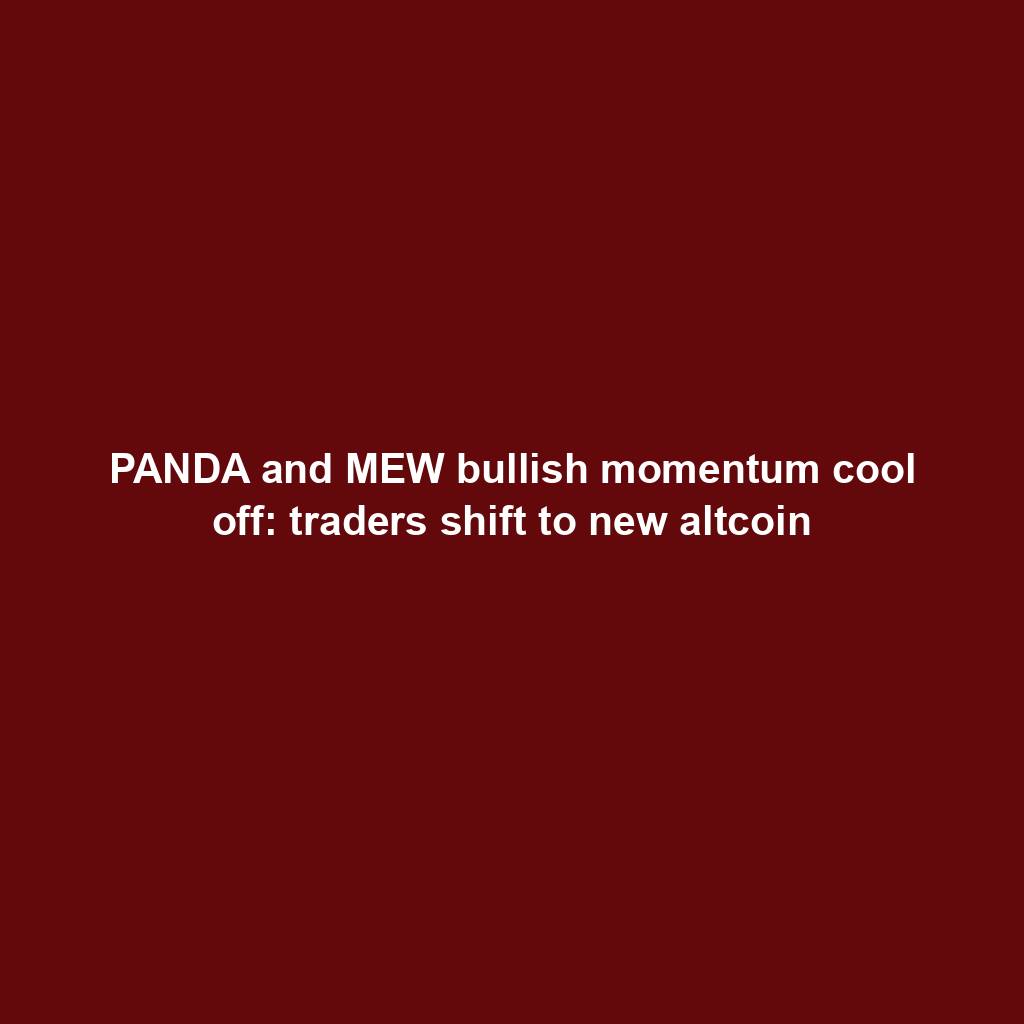
Commerce technique: Ecommerce is useless, lengthy are living ecommerce

Republic First Bank closed by way of US regulators — crypto neighborhood reacts
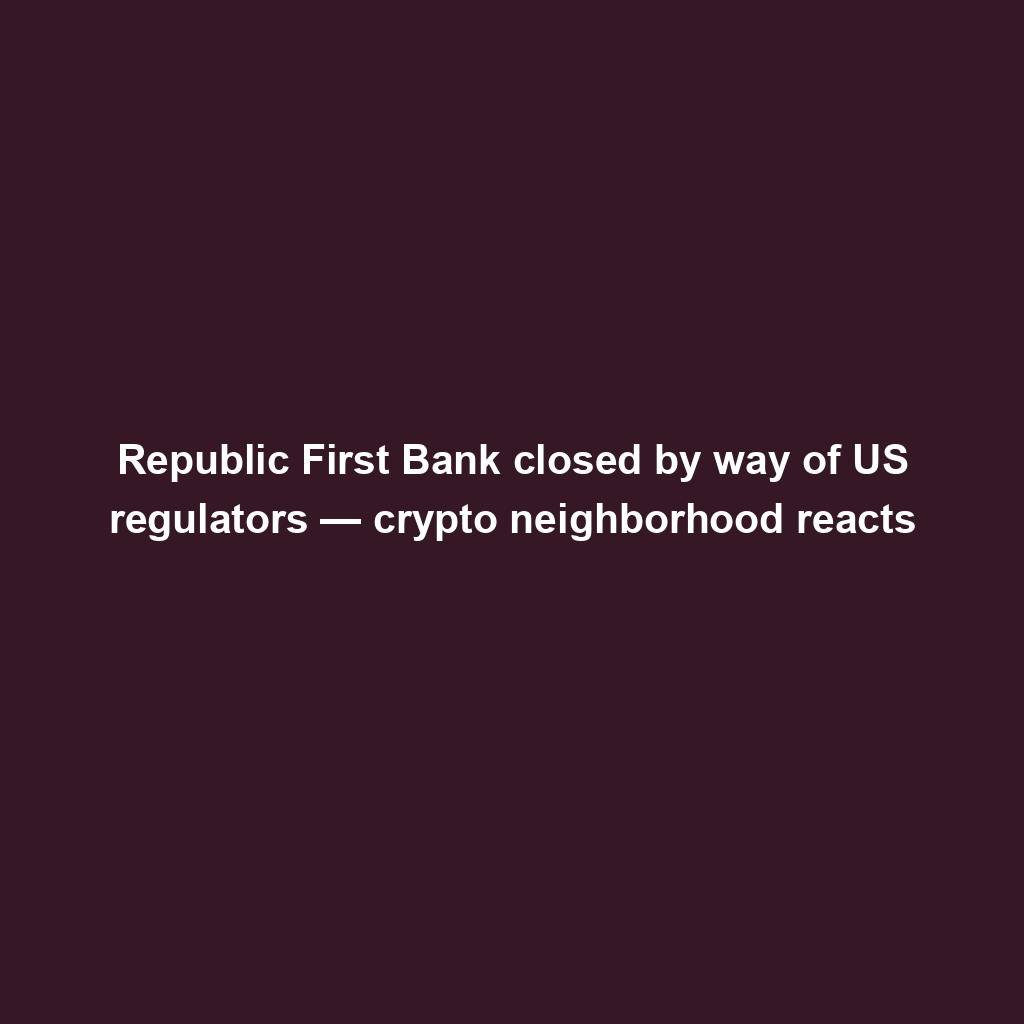
China’s former CBDC leader is beneath executive investigation

Bigger isn’t all the time higher: How hybrid Computational Intelligence development permits smaller language fashions
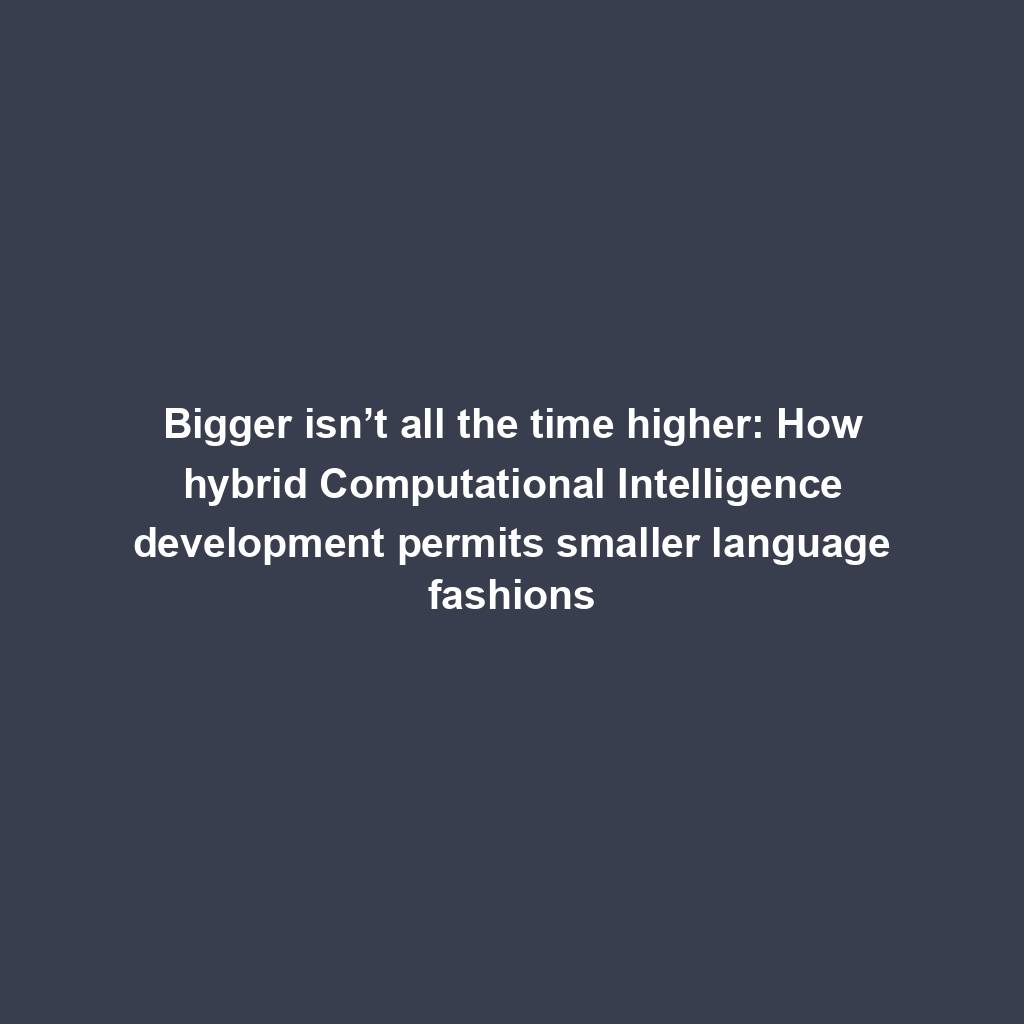
Pantera Capital buys extra Solana (SOL) from FTX
Successful Beta Service release of SOMESING, ‘My Hand-Carry Studio Karaoke App’

SEC sues Bitcoin miner Geosyn Mining for fraud; Bitbot presale nears $3M

Business procedure reengineering (BPR) examples

85% Of Altcoins In “Opportunity Zone,” Santiment Reveals
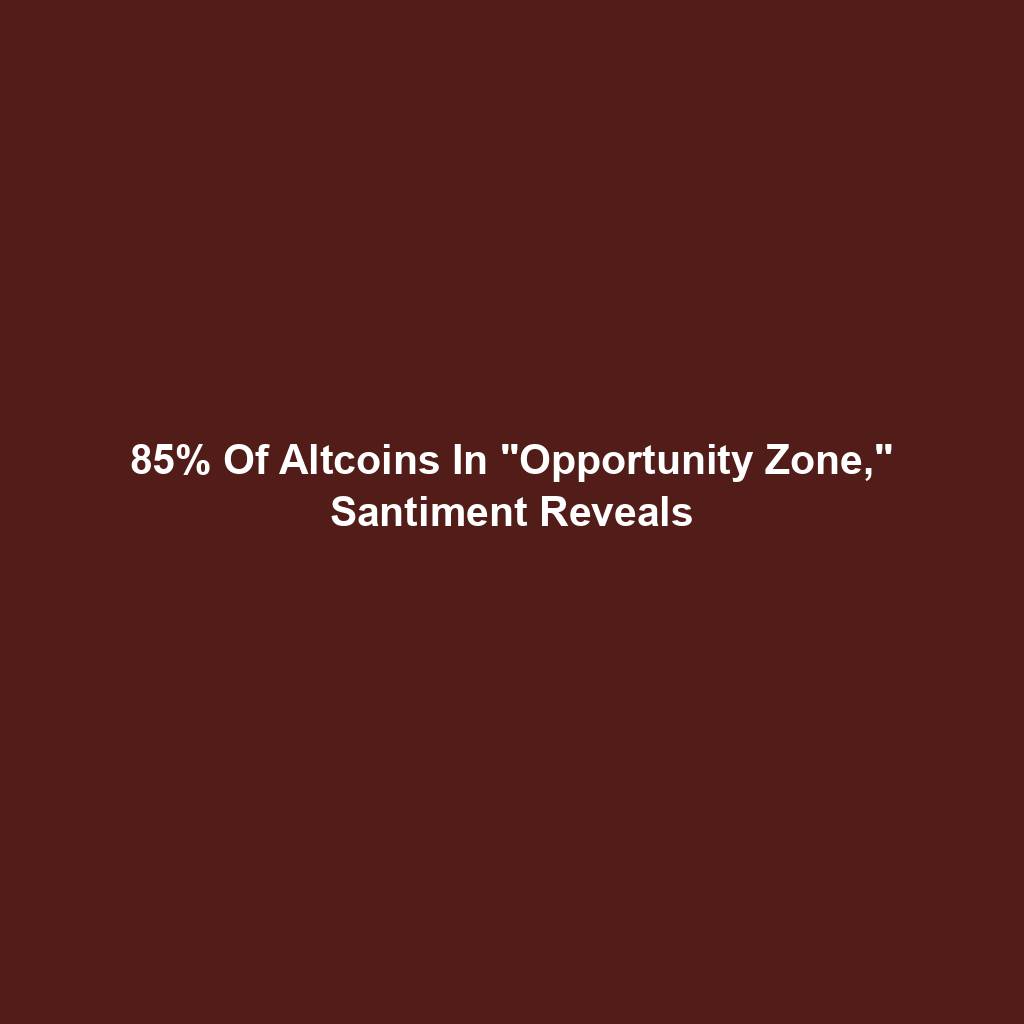
Sam Altman’s Worldcoin eyeing PayPal and OpenAI partnerships
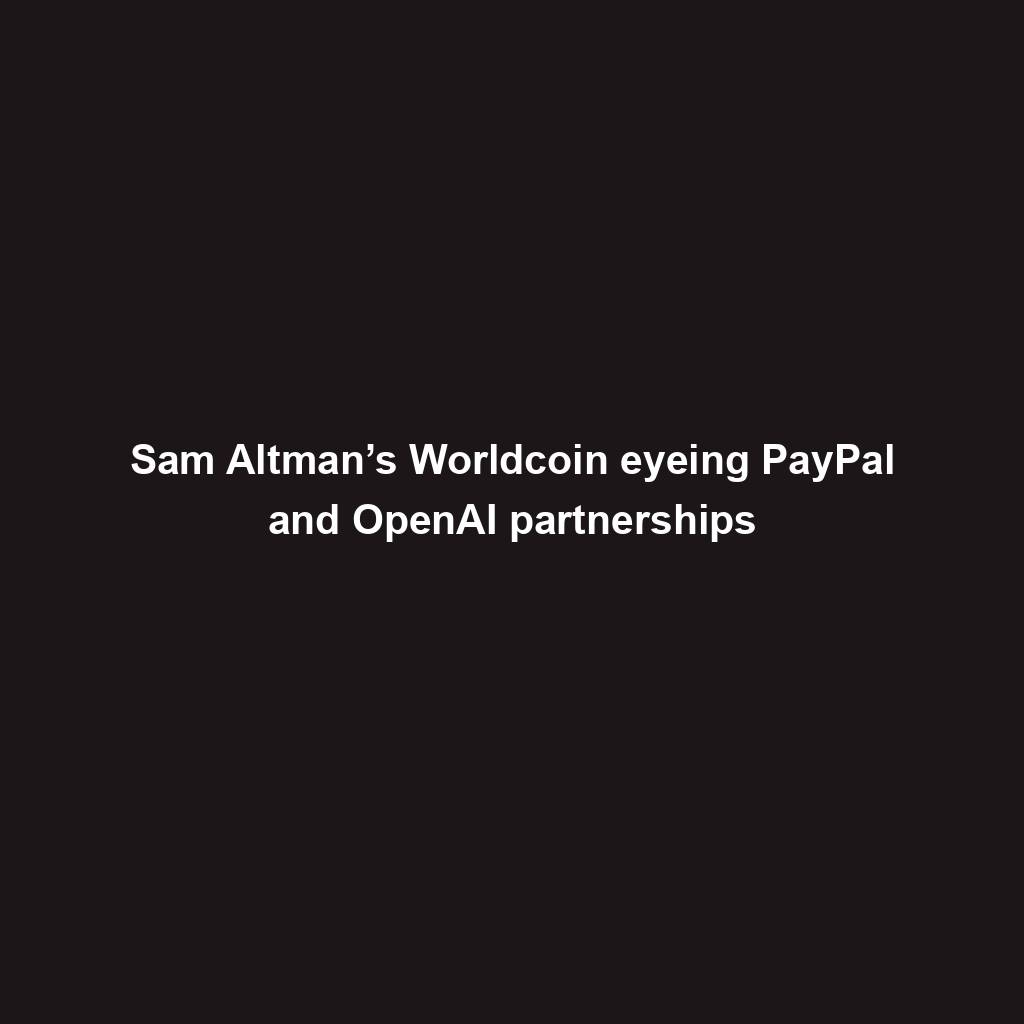
Artificial Intelligence transforms the IT strengthen enjoy
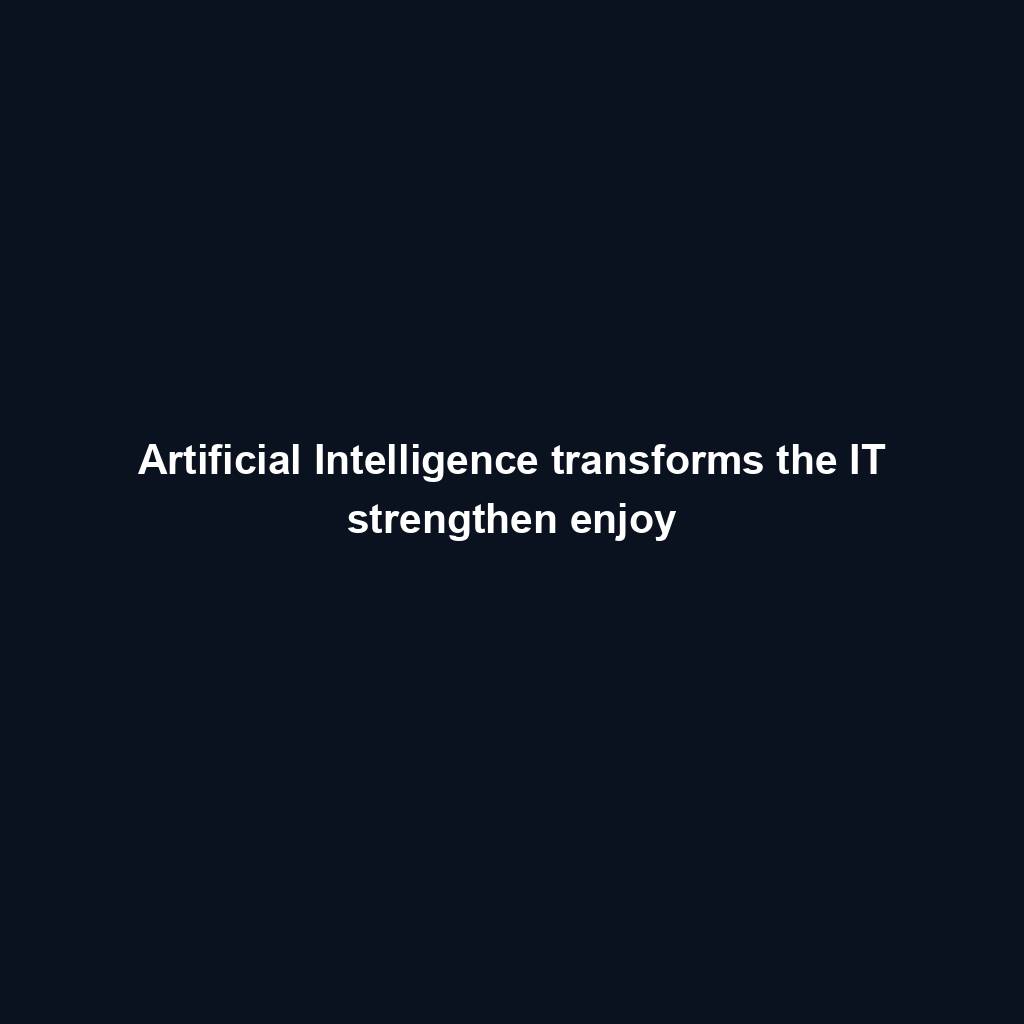
Franklin Templeton tokenizes $380M fund on Polygon and Stellar for P2P transfers
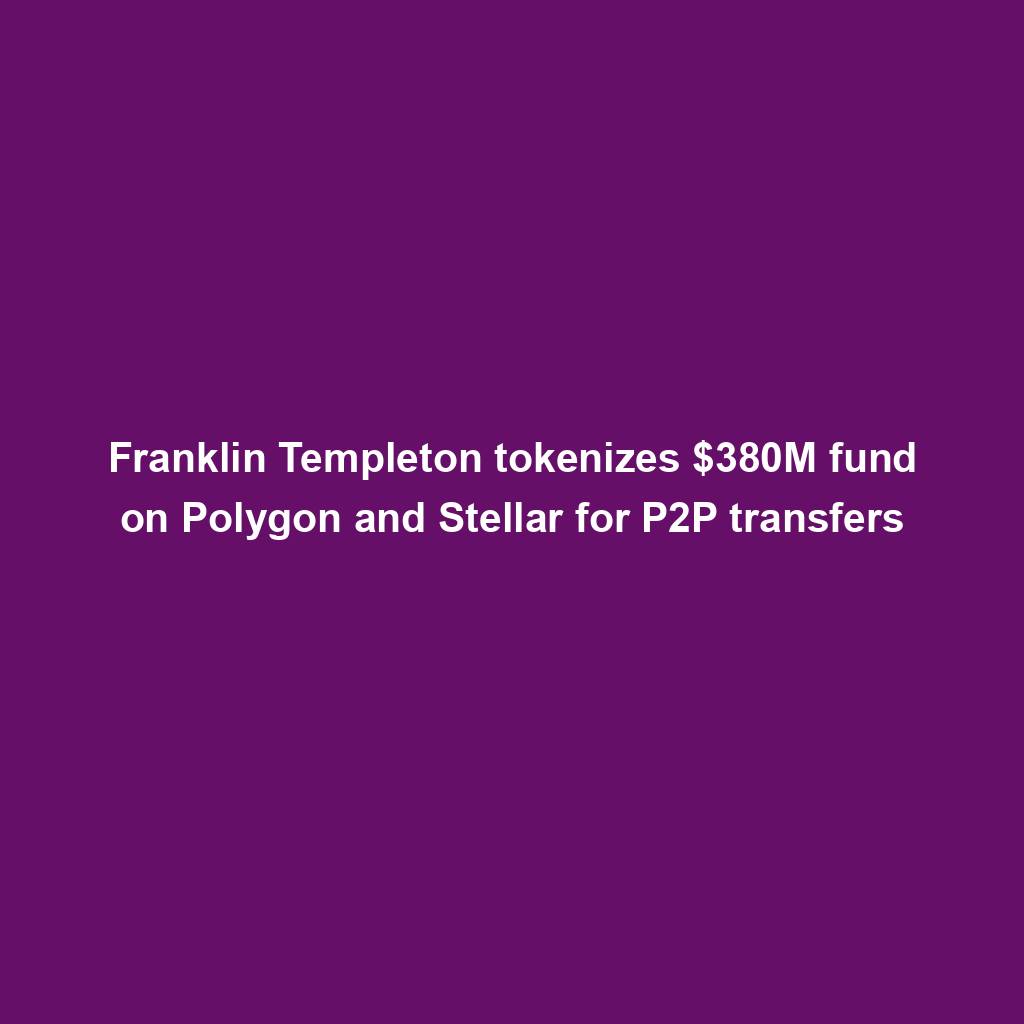
Meta’s letting Xbox, Lenovo, and Asus construct new Quest metaverse {hardware}
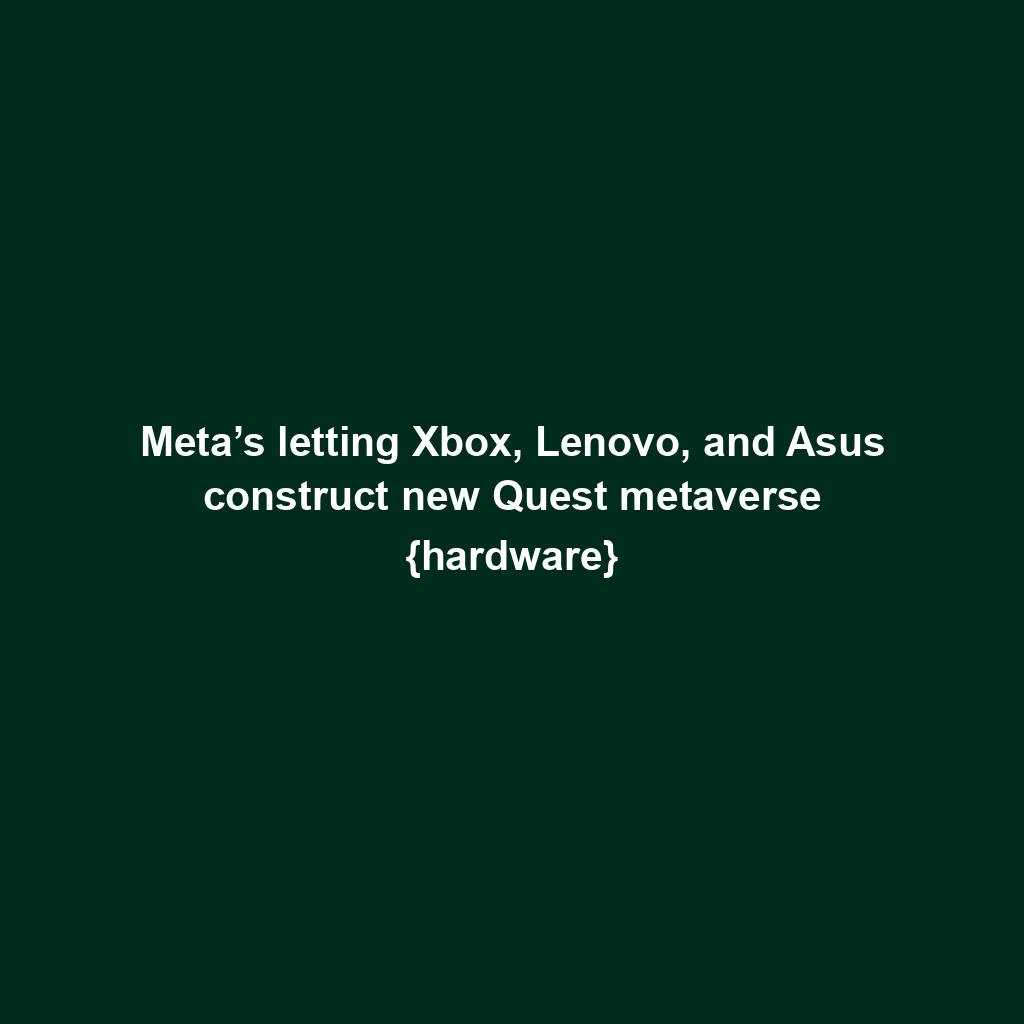
Shiba Inu (SHIB) unveils bold Shibarium plans as Kangamoon steals the display
